1015 East Clay St.
Alexander Parris
1812
New England builder and architect Alexander Parris visited Richmond in the early 1800s and left a considerable architectural legacy. He designed the Executive Mansion, but more grand was his design for the John Wickham house. It originally anchored the northeast corner of an entire Court End city block bounded by Clay, Marshall, Tenth and 11th streets. Over the years, other buildings were added to the site and today the mansion is part of the campus of the Valentine, the museum of the history of Richmond.
Wickham was a wealthy and sophisticated lawyer who was influenced by houses already standing in Richmond by 1800 that were designed by B. Henry Latrobe, and English architect who worked in Richmond for a time before moving to Washington, D.C.
Boston architect Alexander Parris provided Wickham a restrained neo-classical structure with three bays on the Clay Street side and a central, one-story portico with paired Doric columns. The rear exterior facade facing south is more exuberant, with a central curved (or bow-front) bay window. A one-story loggia extends across the breadth of the house and overlooks a formal garden planted with large shade trees and mature English boxwoods.
Inside, the welcoming entrance hall contains a spectacular and curved “palate” staircase that leads to the second floor. A series of three large rooms – two reception halls and a dining room – extend across the rear of the house. These take advantage of natural light and open onto the garden through triple-hung windows.
If the arrangement of the interior spaces is noteworthy, so is the neo-classical decor of this house. As one progresses from the front hall into more private spaces – such as the dining room – the woodwork and painting schemes are progressively more elaborate.
During the 1890s the house was purchased by Mann S. Valentine, a Richmond businessman and gradually was converted into a museum of ephemera both local and worlds beyond. The studio of Valentine’s sculptor brother, Edward V. Valentine, which had been located nearby on Leigh Street, was moved to a site in the garden. It is filled with works and casts of one of Virginia’s most important artists (his statue of Thomas Jefferson stands in the lobby of the Jefferson Hotel and his depiction of Confederate President Jefferson Davis is on Monument Avenue).
ES

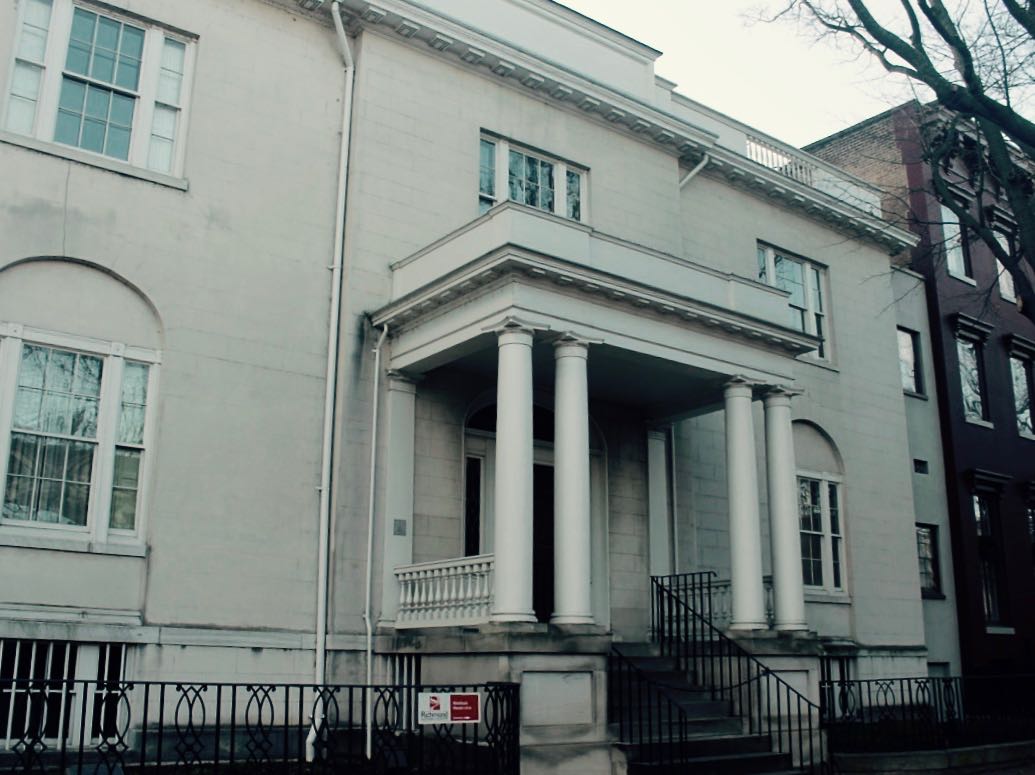
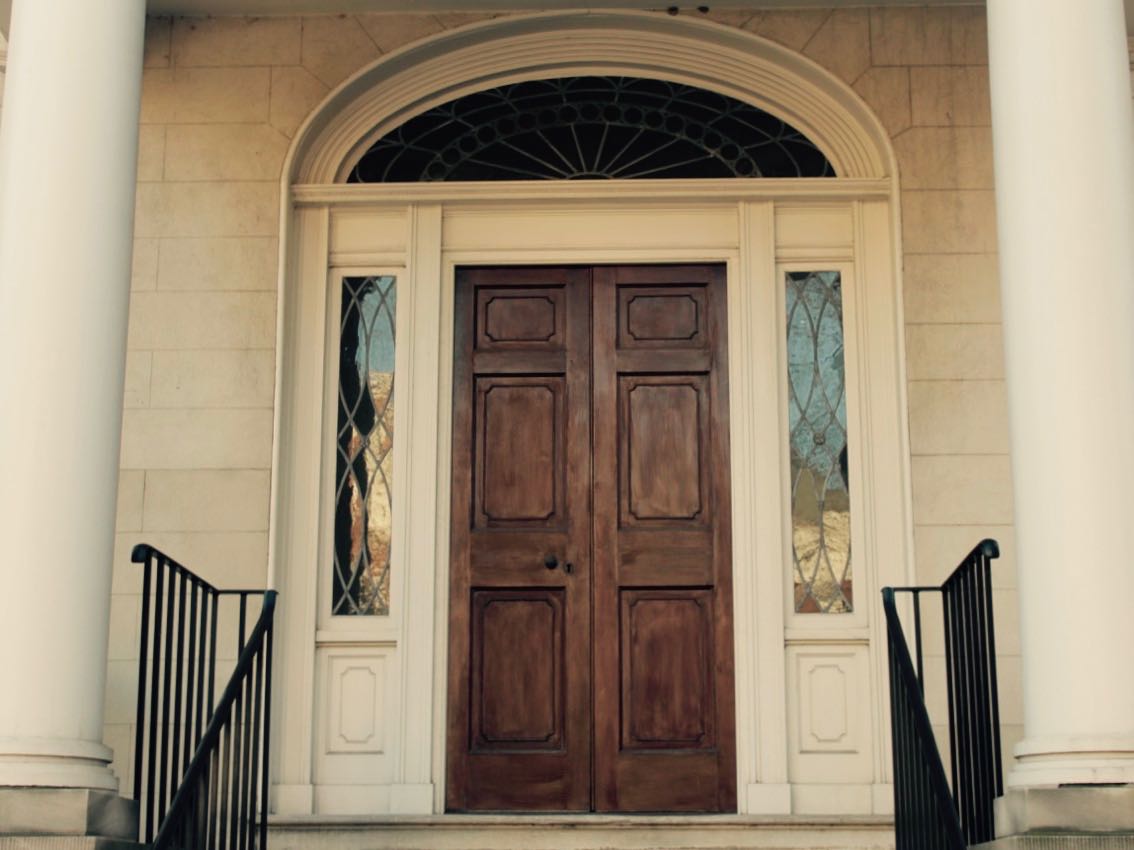
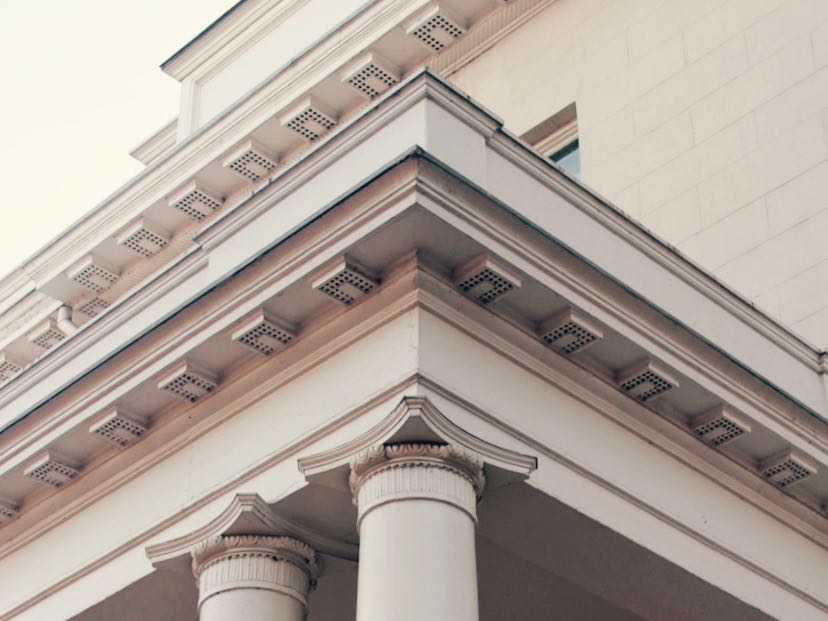


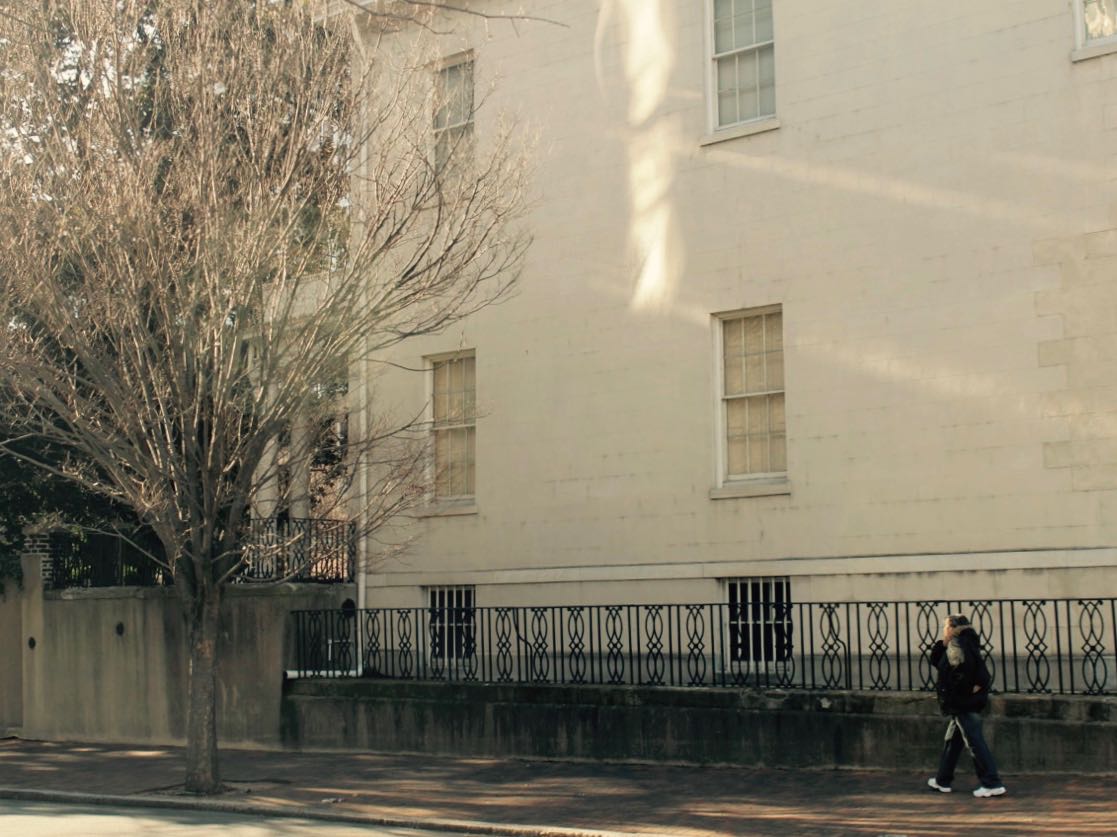
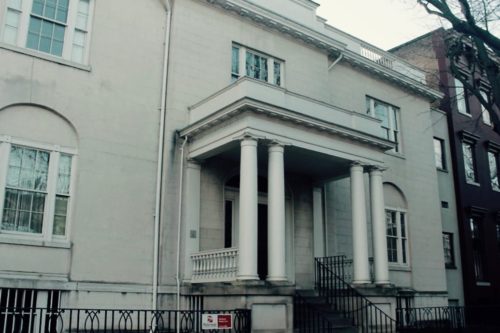



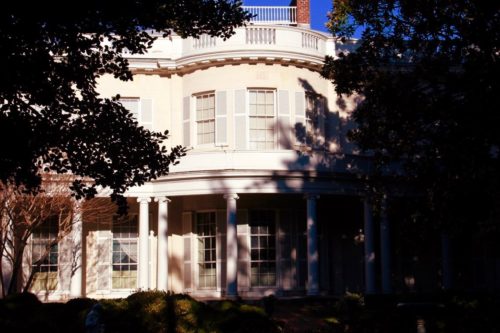

Write a Comment